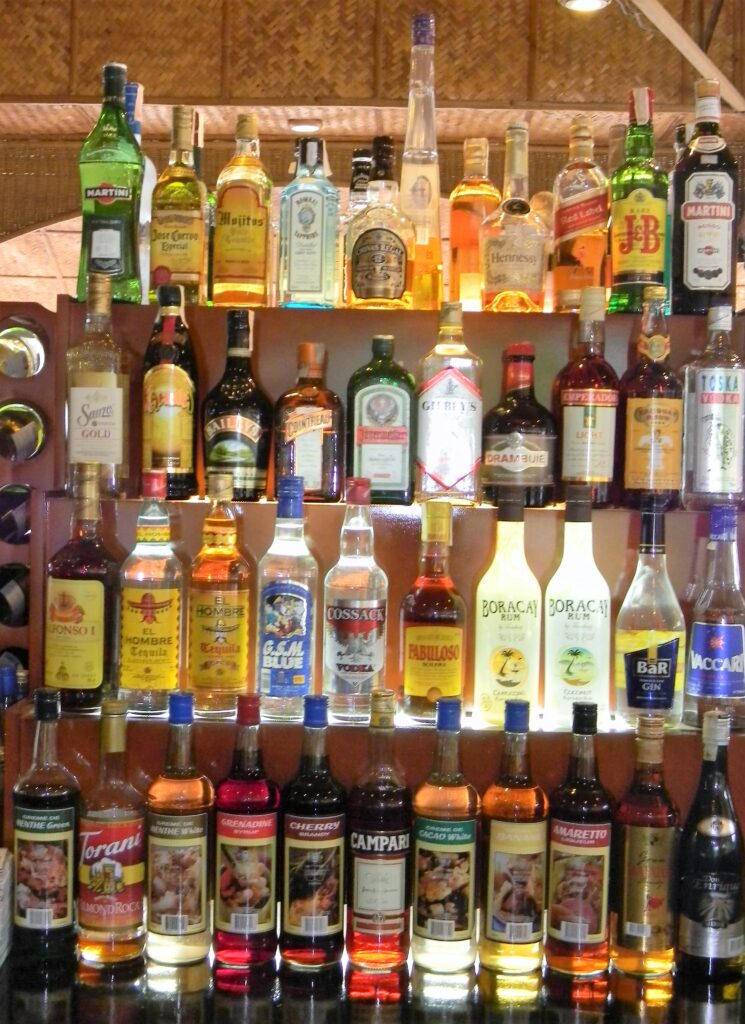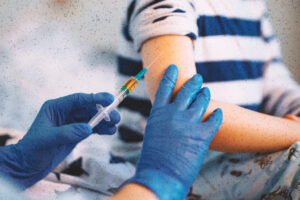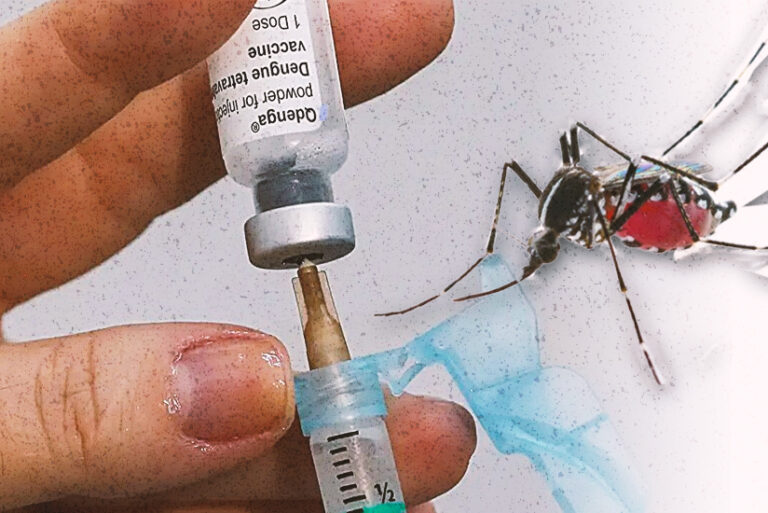Text and Photos by Henrylito D. Tacio
The statistics are staggering! About 2.6 million deaths per year were attributable to alcohol consumption, accounting for 4.7% of all deaths globally. Some 2 million of alcohol-attributable deaths were among men.
The figures came from the Global status report on alcohol and health and treatment of substance use disorders released recently by the Geneva-based World Health Organization (WHO).
The report shows an estimated 400 million people around the world lived with alcohol and drug use disorders globally. Of this, 209 million people lived with alcohol dependence.
“Substance use severely harms individual health, increasing the risk of chronic diseases, mental health conditions, and tragically resulting in millions of preventable deaths every year. It places a heavy burden on families and communities, increasing exposure to accidents, injuries, and violence,” said Dr Tedros Adhanom Ghebreyesus, WHO Director-General.
“To build a healthier, more equitable society, we must urgently commit to bold actions that reduce the negative health and social consequences of alcohol consumption and make treatment for substance use disorders accessible and affordable,” Dr. Tedros added.
“Alcohol is the most dangerous drug known to mankind,” writes Mark S. Gold, author of The Facts About Drugs and Alcohol.
“Alcohol is the most frequently abused drug in the world,” informs Dr. Gary Hopkins, director of the Institute for Prevention of Addictions at Andrews University in Michigan. “It is a substance that has been discussed frequently in scientific literature and has been the focus of a large amount of research. Many of those who read media reports regarding the effects of alcohol are confused. Is this a dangerous drug, or is it a miracle potion that reduces the rates of heart attack, a frequent cause of disability and death throughout much of the world?”
An alcoholic beverage, by definition, is any drink that contains alcohol, in the form of ethanol. For most canned or bottled beverages, the ethanol content is written on the label as the percentage of alcohol by volume (abv). Other times, it is considered alcohol proof, which is twice the percentage of abv.

Ethanol is the natural excreta of the fermenting yeast. Sugar is in fruit, grains, sap, and nectar of all plants. Yeasts are ubiquitous. The Babylonians and Egyptians found that if they crushed grapes or warmed and moistened grains, the covered mush would bubble and become a “drink with a kick.”
French microbiologist and chemist Louis Pasteur discovered that yeasts are single-cell, living fungi and that fermentation is their act of survival. Yeasts can’t get directly until brewers first “malt” their barley: that is, moisten and warm it so that it germinates just enough to release enzymes that convert starches into simple sugar.
As alcohol is a toxin, fermentation is self-limiting. Once alcohol concentration reaches about 14% (or the sugar runs out), the multiplying yeasts die and fermentation ends. A stronger drink requires distillation, in which substances are vaporized and then condensed by cooling.
“When it comes to your beverage of choice, alcoholic beverages are unique,” writes Dr. Robert H. Shmerling, senior faculty editor of the Harvard Health Publishing. “For millions, they are a regular part of the dining experience. They’re often an important component of social events, celebrations, and milestones; we toast people, events, and memories with alcohol. They play a key role in many religious traditions.”
When taken excessively, alcoholic beverages do more harm than good. Dr. Shmerling shares the following more common negative health consequences of excessive alcohol consumption:
- liver disease, including cirrhosis and life-threatening liver failure requiring a liver transplant
- a higher risk of high blood pressure, heart failure, and dementia
- a higher risk of certain cancers, including those of the digestive tract (including colon cancer), breast, and liver
- a higher risk of injury, especially from drunk driving and falls — homicides and suicides are also often alcohol-related
- lapses in judgement — For example, people who are drunk may engage in risky sexual behavior or use other drugs
- a higher risk of depression, anxiety, and addiction which may, in turn, affect one’s ability to establish and maintain social relationships and employment
- alcohol poisoning — many people don’t realize that if you drink enough alcohol over a short period of time, it can be fatal
- fetal alcohol syndrome — alcohol can damage a baby’s developing brain and cause other developmental abnormalities.
“Excessive alcohol consumption can cause health problems not only for the drinker, but also for their family, friends, coworkers, and employers,” Dr. Shmerling pointed out.
The recent WHO report said that “the overall number of deaths due to alcohol consumption remains unacceptably high.”
“The death rates due to alcohol consumption per liter of alcohol consumed are highest in low-income countries and lowest in high-income countries,” it said, adding that an estimated 1.6 million deaths were from noncommunicable diseases, including 474,000 deaths from cardiovascular diseases and 401,000 from cancer.
Some 724,000 deaths were due to injuries, such as those from traffic crashes, self-harm and interpersonal violence. Another 284,000 deaths were linked to communicable diseases. For example, alcohol consumption has been shown to increase the risk of HIV transmission resulting from an increased risk of unprotected sex and by increasing the risk of TB infection and mortality by suppressing a wide range of immune responses.
But there’s one piece of good news: Total alcohol per capita consumption in the world population decreased slightly from 5.7 liters in 2010 to 5.5 liters in 2019.
“The level of alcohol consumption per capita among drinkers amounts on average to 27 grams of pure alcohol per day, roughly equivalent to two glasses of wine, two bottles of beer (33cl) or two servings of spirits (4cl),” the WHO report said.
“This level and frequency of drinking is associated with increased risks of numerous health conditions and associated mortality and disability,” it added. – ###








